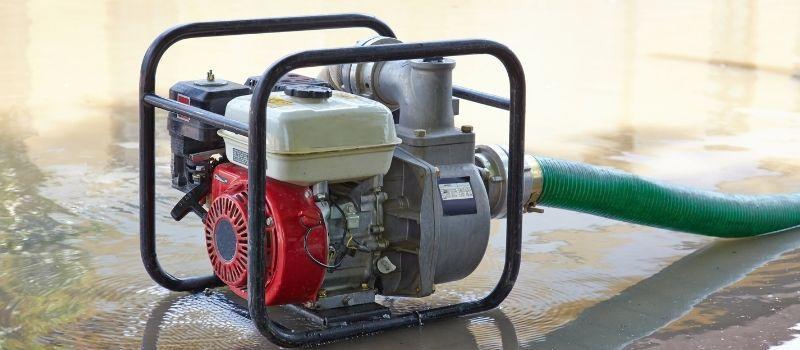There are a lot of decisions that go into buying the right pump for your needs. You might think one pump is fine for all jobs, but don’t be fooled, you need to consider several factors that will affect your decision.
To help with your decision, here’s a guide to the pumps we sell, their benefits and where you’ll often find them in use.
Different types of pumps
Submersible pumps
Dewatering pumps
Dewatering pumps are a great temporary solution for emergency situations such as unexpected flooding. Their design ensures they can quickly move flood water before it leads to more flooding. These pumps have the reputation of being efficient and quick at draining floodwater.
Dewatering pumps are suitable for businesses as an emergency, temporary option, for when weather conditions worsen.
Please note that they are only for temporary use and don’t offer a long-term solution to flooding.
Submersible pumps
Designed to be fully submersible, the pump can be submerged in water that needs pumping. You’ll find these pumps are often used in sewerage water or as a filtration pump in fish tanks.
A submersible pump has a motor that powers impellers to push water out. The pump is silent as the water absorbs the noise of the pump. Also, using submersible pumps won't use much energy when removing or filtering water.
Drawbacks to submersible pumps include the motor corroding over time due to water getting in.. It is also hard to remove the seal on the pump which can causes issues for repairing or removing the motor.
Sewage pumps
Sewage pumps are used to transfer sewage liquids and solids from one location to another. The pump can handle materials up to 2” in diameter and is pumped from a sewage basin to a septic tank.
Sewage pumps are installed in a sewage basin at the lowest point.
Surface dewatering pumps
These are used below groundwater, reducing the water level and in turn ensuring the water is maintained at that level. You will find surface dewatering pumps in buildings below groundwater level.
Irrigation pumps
Irrigation pumps are pumps that pump water from lower levels to higher levels.
They’re not usually equipped with variable speed drives and need to typically be controlled by turning the pump on and then back off again.
Surface pumps
Centrifugal Pumps
These pumps are powered by a motor. The motor provides a rotational energy to impeller, the impellers move fluid to the pump which removes water quickly. The power of the pump depends on the engine type you purchase and the power it can create. To understand the power of the motor, you’ll need to check the litres per minute (LPM) that the motor can achieve. We sell a range of LPM pumps, from 140 LPM up to 1060 LPM.
You’ll find centrifugal pumps used in industrial and agricultural settings. Because of their high power they are suitable for emptying large ponds or lakes, flooded buildings or cellars.
Water boosting pumps
Water boosting pumps will often be used in situations where demand for water is high. This high demand for water results in low water pressure. Water boosting eases the demands on water supplies, and results in higher water pressure.
They are often used in blocks of flats where demand for water is high. They can help supply toilets and washing machines with water to function.
Rainwater harvesting pumps
Designed to be used in rainwater harvesting kits. They work by pumping water collected in the water butt to wherever it is needed. This may be in a toilet, a garden hose or a washing machine.
We hope you found this quick guide to pumps useful, and you now have a clearer idea of which pump will be best for you.
If you’d like to find out more about the pumps we have available, please contact our sales team on 01777 237 933 or email sales@directwatertanks.co.uk.

